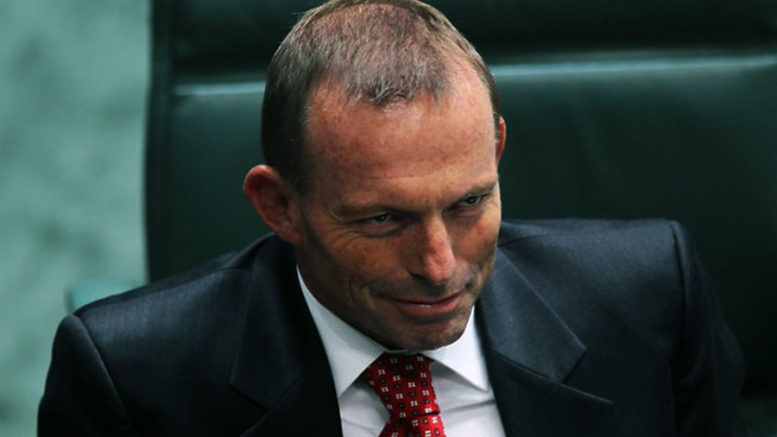Contributed by Joe Montero
By all appearances, the factional fight in the Liberal Party is warming up again.
This time it has been marked by Tony Abbott’s claim that the Liberal Party is haemorrhaging members in every state.
Given that there has been an ongoing decline of support for the major political parties over some years, it stands to reason that membership numbers would parallel this.
The decline began soon after World War Two, in the late 1940’s and has accelerated in more recent years. The long-term trend suggests that there is something fundamentally bigger than who sits at the head, or whatever short-term policies are taken up.
In 1945 there were 40,000 members, according to the party’s own estimate. By the mid 1980’s, membership had hit 150,000. By 2013, it was down to somewhere between 30,000 and 50,000. By any account, this is a huge decline and it is more striking when you consider that the Australian population rose from just under 7.5 million in 1945 to 23.3 million in 2013 and 24.5 million in 2016.
Although the Liberal Party no longer makes its membership numbers public, it has been admitted that there has been no shift in the 2013 number.
Given this, Abbotts suggestion of a decline in the Liberal Party is hardly an earth shattering revelation.
Labor cannot be complacent about this. While there has been a recent increase in membership. Back in 2013 it had 49,823 members ,down from a peak of 80,000 in the 1980’s. Since the advent of the Hawke government in 1983, the number have been going down. Despite some improvement in its recent fortunes, due the unpopularity of both Abbott and Turnbull, the longer-term trend is far from reassuring.
Tony Abbot suggested on Sydney’s 2Gb radio that the problem is the way in which Liberal candidates are selected, which he said, marginalises the membership. This may be a problem. But to assume that this is the cause of the reaso0n for the decline, is to delude oneself.
For Abbott, this is a factional battle for control and his faction does not control the party machine at present. A push for ending the system where the organisation has 50 percent of the say, means the possibility of opening space for Abbott supporters among the membership.
The fall in membership has much more to do with the growing perception in the Australian community that traditional politics does not represent them and that the Liberal Party especially is too closely tied up to big business and doing them harm. At the core, is the adoption of neoliberalism, government cuts, worsening economic prospects and growing worry about the future. Concern over headline issues, like global warming and marriage equality, is also part of it.
What the present argument over preselection, more than anything else, reveals that in the present circumstances, the contradiction between traditional conservatism and the new Liberal radicalism is becoming increasingly irreconcilable. This is more important than the individuals. And the source of the friction is the rising inability of a party to successfully adjust to a changing world. Consequently, it is being pulled in two directions at once and becoming more unstable.
Unless all this changes, and it is unlikely to, it would be foolish to expect any change in the party’s membership fortunes foreseeable future.


Be the first to comment on "Is the Liberal Party losing its members?"